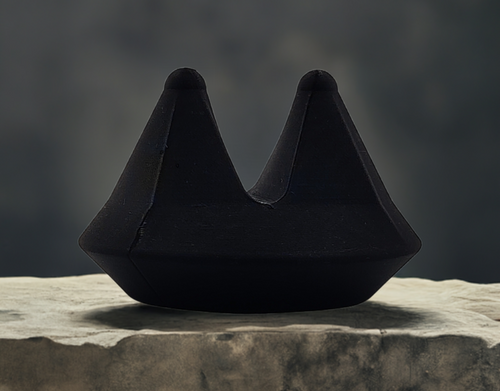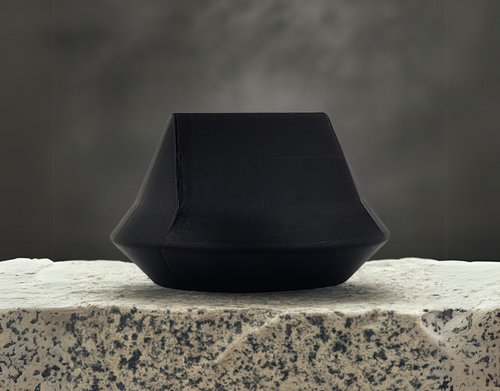How the confrontation arose (1980s–1990s)
In the mid-1980s, when the group of drugs later known as triptans entered the research, it was realized that there were no internationally agreed-upon precise definitions for migraine and other headaches. Therefore, the International Headache Society drew up definitions for migraine and tension-type headaches, among others. Since a new and promising group of drugs for migraine was coming, the criteria were intended to be such that the new drugs would definitely work. This led to migraine and tension-type headaches being contrasted, and migraine and tension-type headaches were forcibly made opposites of each other:
Criteria in a nutshell
Migraine vs. tension headache – symptom comparison

How to interpret the criteria
The first four criteria are related to pain, and at least two of these must be met. The last two are associated symptoms, of which at least one must be met for migraine. In tension-type headache, only sensitivity to light or sound is possible.
Why the perception changed (research evidence)
When the first triptan, sumatriptan, was introduced to pharmacies in the early 1990s, doctors' training focused on the differential diagnosis of migraine and tension-type headache, and unfortunately this still resonates in headache diagnostics. Well, since then it has been understood that there are a few more sides to the matter. As early as 1992, it was noted that chronic tension-type headache improved with sumatriptan (1). When the International Headache Society published the third version of its headache classification (2), it included chronic migraine, which was defined as having at least 15 headache days per month for at least three months, and having at least 8 headache days that met the criteria for migraine or had been successfully treated with a triptan, and the rest, i.e. at least 7 headache days, met the criteria for tension-type headache. This divided headache researchers for a while, but gradually even the last, mainly Southern European, researchers realized that the scientific evidence was very convincing. The most convincing evidence of the sliding connection between tension-type headache and migraine is Finnish. The working group led by Docent Mikko Kallela showed that people who were completely free of headaches did not have the genetic load caused by migraine genes (3). Surprisingly, those who suffered from tension-type headache did have such a load, and this load increased as they moved towards more clinically severe forms of migraine.
Final conclusion
Are tension headaches and migraines different degrees of the same disease?
This is it.

Markku Nissilä, neurology specialist
Sources
Brennum J, Kjeldsen M, Olesen J. The 5-HT1-like agonist Sumatriptan has a significant effect in chronic tension-type headache. Cephalalgia . 1992 Dec;12(6):375–9. doi: 10.1111/j.1468-2982.1992.00375.x. PMID: 1335361.
https://ichd-3.org/1-migraine/1-3-chronic-migraine/
1.3 Chronic migraine - ICHD-3
Description: Headache occurring on 15 or more days/month for more than 3 months, which, on at least 8 days/month, has the characteristics of migraine headache. Diagnostic criteria: Headache (migraine-like or tension-type-like1) on ≥15 days/month for >3 months, and fulfilling criteria B and C Occurring in a patient who has had at least five attacks fulfilling criteria BD for 1.1 Migraine without ...
ichd-3.org
Häppölä P, Gormley P, Nuottamo ME, Artto V, Sumelahti ML, Nissilä M, Keski-Säntti P, Ilmavirta M, Kaunisto MA, Hämäläinen EI, Ripatti S, Pirinen M, Wessman M, Palotie A, Kallela M; International Headache Genetics Consortium (IHGC). Polygenic risk provides biological validity for the ICHD-3 criteria among Finnish migraine families. Cephalalgia . 2022 Apr;42(4–5):345–356. doi: 10.1177/03331024211045651. Epub 2021 Oct 14. PMID: 34648375; PMCID: PMC8988286.




